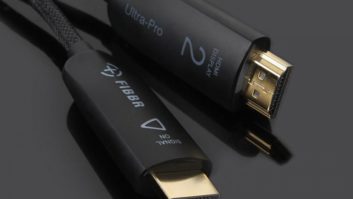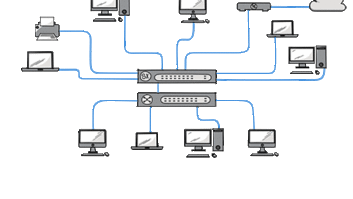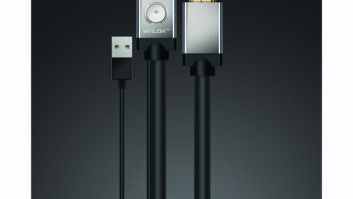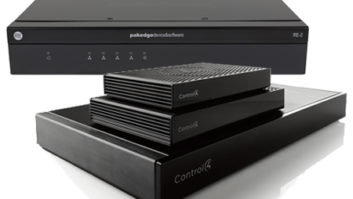A lot has been said about the esoteric capabilities of using a fiber optic toslink connection to provide multi-channel sound from some audio/video source or another to its associated receiver. There is the “purity” of the digital signals contained within, and the “immunity” of the optical cable itself to all of that EMI interference stuff. Then there is the ease of a single, “so-small” connector in place of those bulky electrical connectors one is forced to use when connecting a discrete 5.1 audio source to that same receiver. And lets not forget the cocktail table “bragging rights” factor regarding having optical audio.
So there can be little doubt that fiber optics has indeed made inroads into the audio/video world through its ability to multiplex and protect those cumbersome multi-channel audio connections into one thin cable with a cute little connector on it. But is this all there is to be for the world of fiber optics? Didnt this technology promise so much more? And what insurmountable problem might the world of high-definition streaming video, with its seemingly endless demands for more and more bandwidth, have that fiber optics might address? Surely there must be more to fiber life than multi-channel audio.
Alas, it seems that fiber has lost its way among all of todays surround sound wiz-bang configurations and wide-screen feeding frenzies. Fiber started out in the telecom world as a solver of distance problemsa humble beginning in a formidably conservative industry for such a 20th century technology. Phone companies needed to go from New York to San Francisco and beyond with an ever-increasing number of calls that would not tolerate the delays that satellite connections had introduced into those trans-coastal connections. Copper connections were already maxed out, and were annoyingly noisy analog transports at best. Fiber optics addressed and eliminated the dilemma of long-distance connectivity with its minimal transport delay, while increasing by orders of magnitude the amount of data (and therefore the number of calls) that could be transmitted simultaneously. Its reduction in physical diameter size and the noise immunity of the digital connections it transported revolutionized the telecommunications industry and relegated copper to that “last mile” where actual telephone sets are connected today.
The world of data communications was next to take up the fiber mantle. Ethernet had overrun its local cabling distances of 100 meters and needed greater reaching power to get to that next building or next hub. When 100Mbps Ethernet came along, its copper cabling distances got even shorter; so fiber optics became an even bigger part of the local facility and site distribution infrastructure. Todays gigabit ethernet screams at “connect me by fiber, please!” right from the very data hub itself.
The multi-national Internet connections of today could not possibly exist without the optical SONET/SDH data rings that have been deployed around the towns, lakes, communities, states and countries in which we all reside. We take their reliability and error-free performance for granted on a daily basis. Fiber has again proven essential to the very core of the transport needs of that endeavor.
So it is hard to believe that we, as custom designers and installers of high-end audio/video installations, which seem to have no apparent end of unique problems requiring creative solutions, should be resting on our laurels and relegating fiber to merely carrying someones LCR audio with a bit of bass. Fiber has several huge solutions in its bag of tricks that we appear to be going to extreme measures to avoid. In next months column I will try to describe where some of these opportunities might lie.
So whats the fiber message then? Should we all run right out and start specifying fiber into everything and every outlet? Hardly. Using fiber requires new connectors, new stock items, new technical skills and a definite bit of TLC in its routing and handling. But we are supposed to be custom designers and installers trained to know the best the industry has to offer; and to thereby inform our clients of the best solutions available to them for the problems at hand. By ignoring fiber, arent we ignoring that charter? And here is another thought: If youre not providing such a perfect solution, but your competition is, and they convince the client of this, who will get that job? Adapt or suffer the consequences and fall behind.
It is difficult to believe that such a problem-solving solution as fiber optics, with its storied track record of revolutionizing entire industries, can be relegated to merely carrying a number of audio channels forever, no matter how many of us ignore it.






